exhibition
05 May 2021 > 12 September 2021
Bigger than MyselfHeroic Voices from ex-Yugoslavia
galleria 3
curated by Zdenka Badovinac
associate curator Giulia Ferracci
#BiggerThanMyself
opening hours
Monday closed
Tuesday to Sunday 11 am – 7 pm
Holidays extraordinary openings and closings
more informationMonday 8 December 11 am > 7 pm
Wednesday 24 December 11 am > 4:30 pm
Thursday 25 December closed
Wednesday 31 December 11 am > 4:30 pm
Thursday 1 January 11 am > 7 pm
Monday 5 January 11 am > 7 pm
Tusday 6 January 11 am > 7 pm


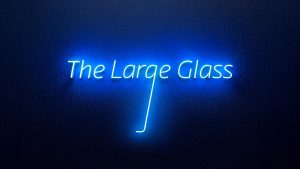
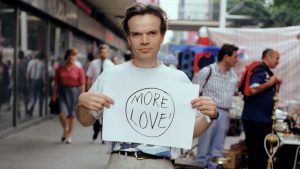
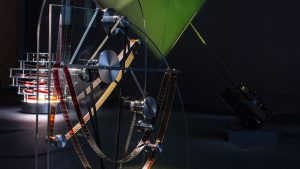

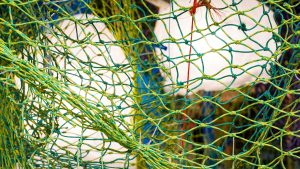
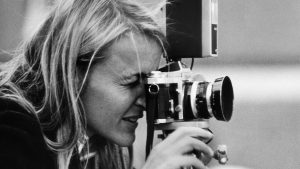

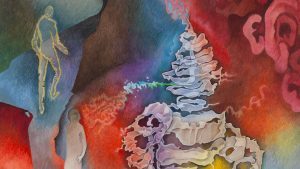
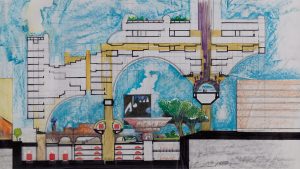
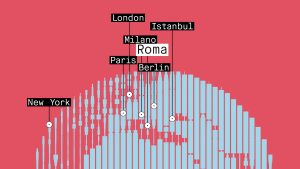

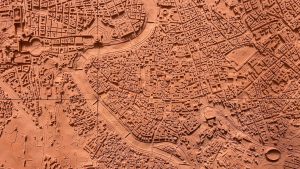

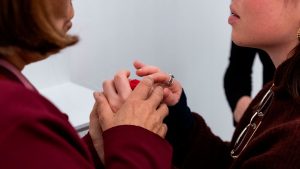
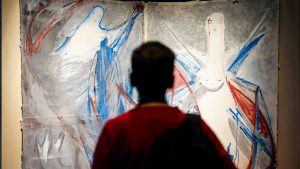
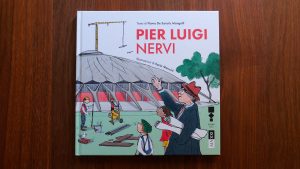
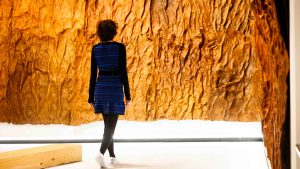
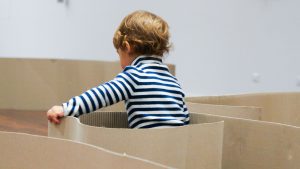
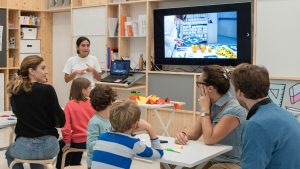
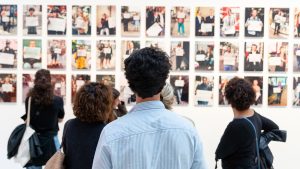
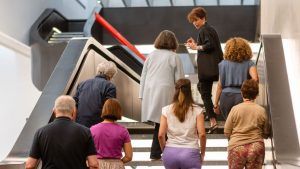
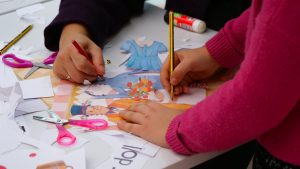

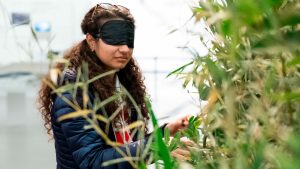
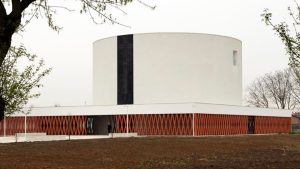

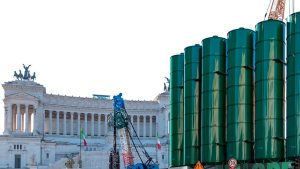
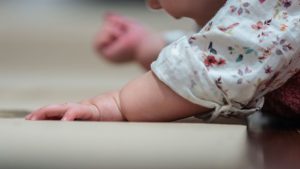
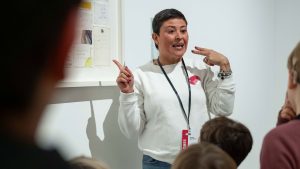



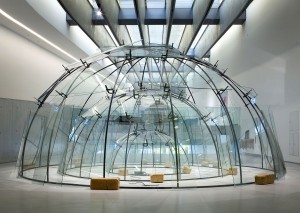
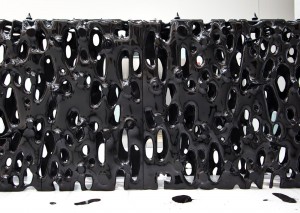
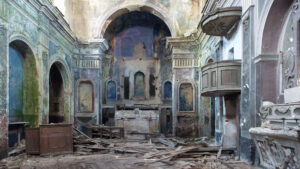


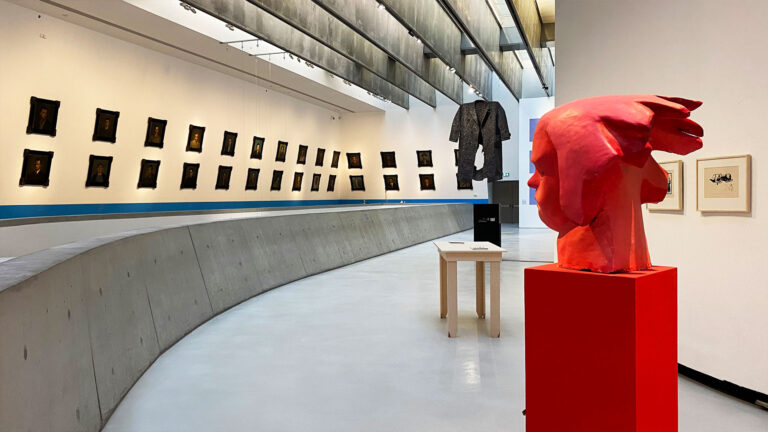
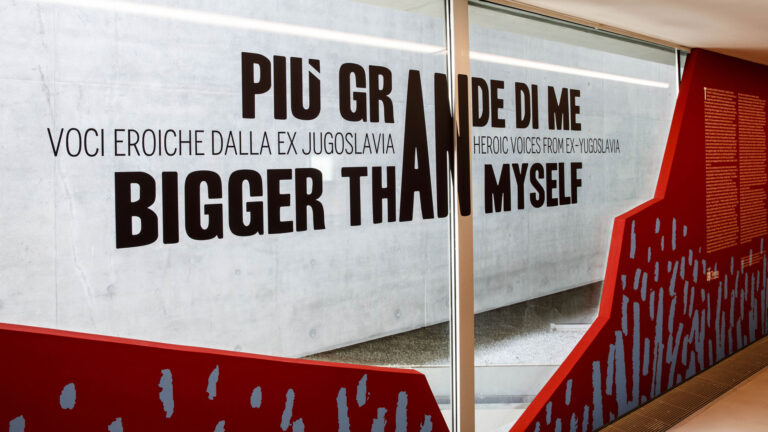
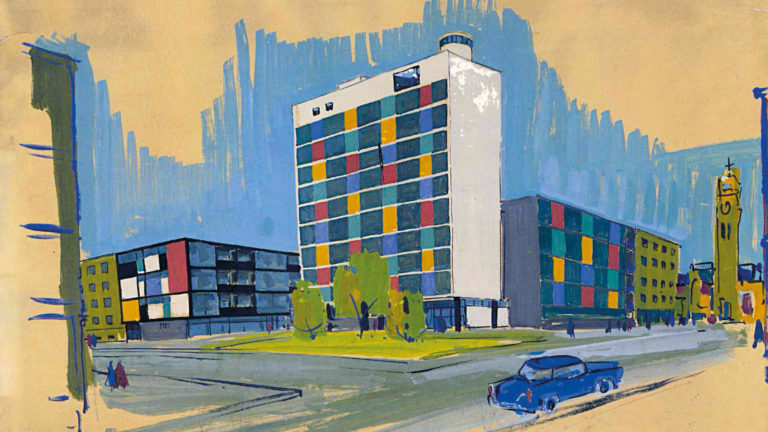
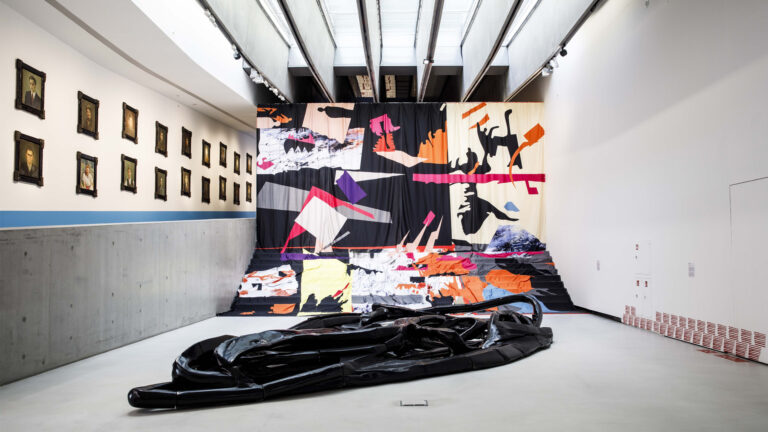
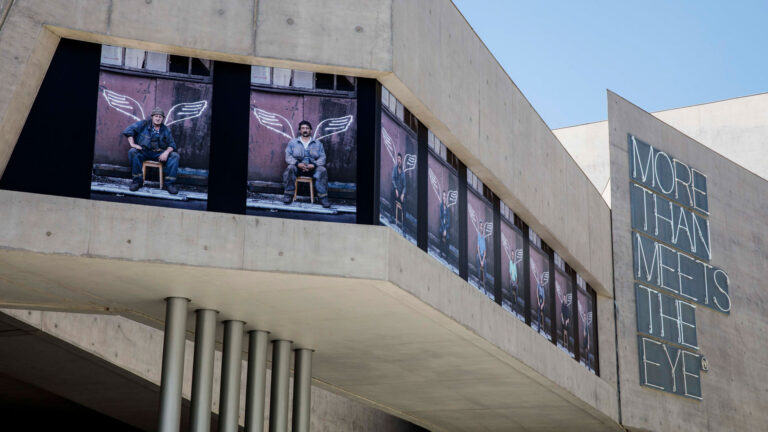
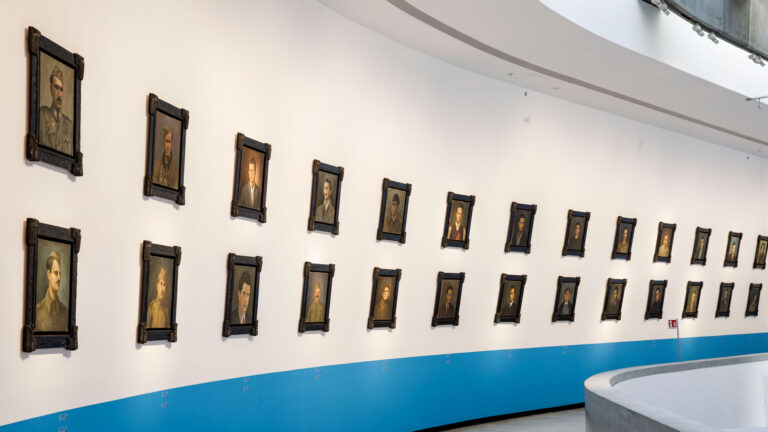
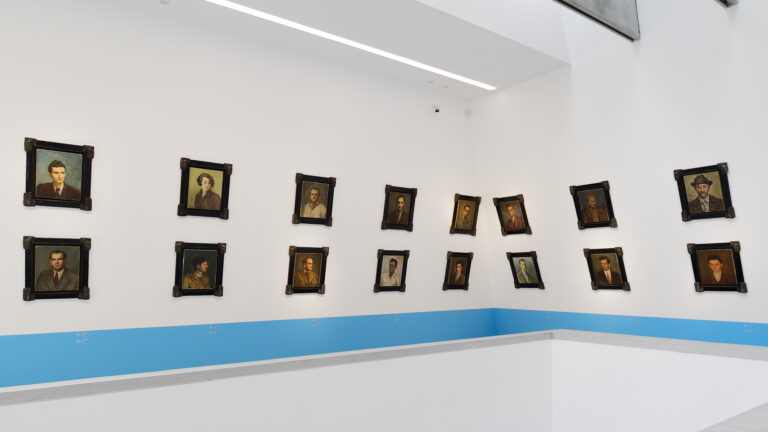
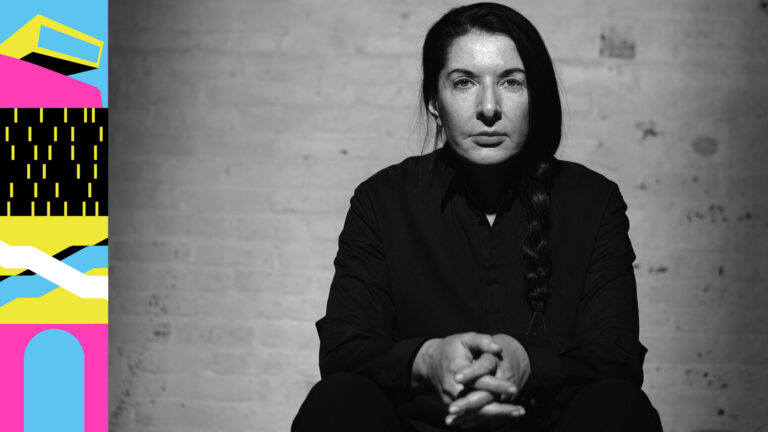
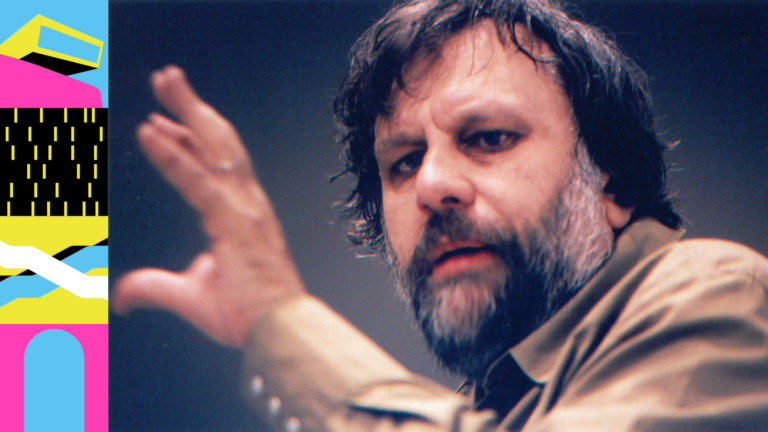
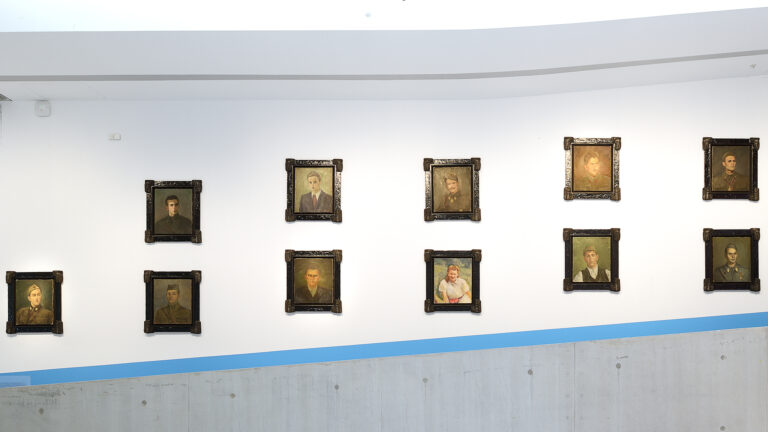
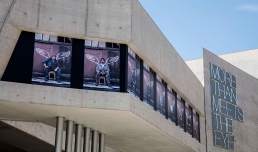
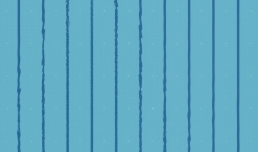
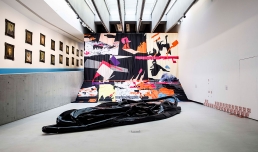
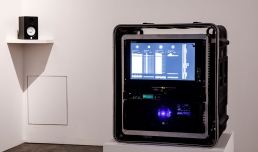
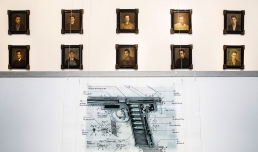
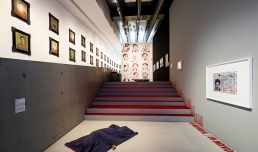
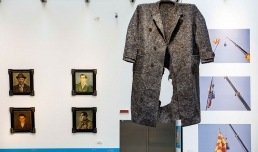
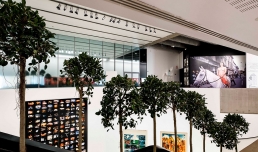
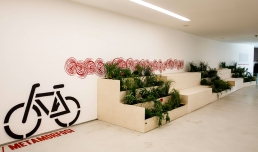
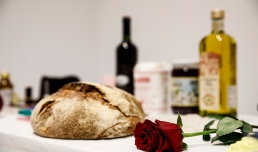
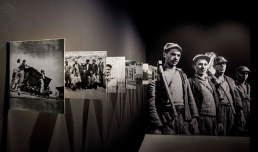
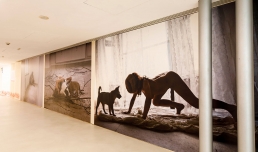

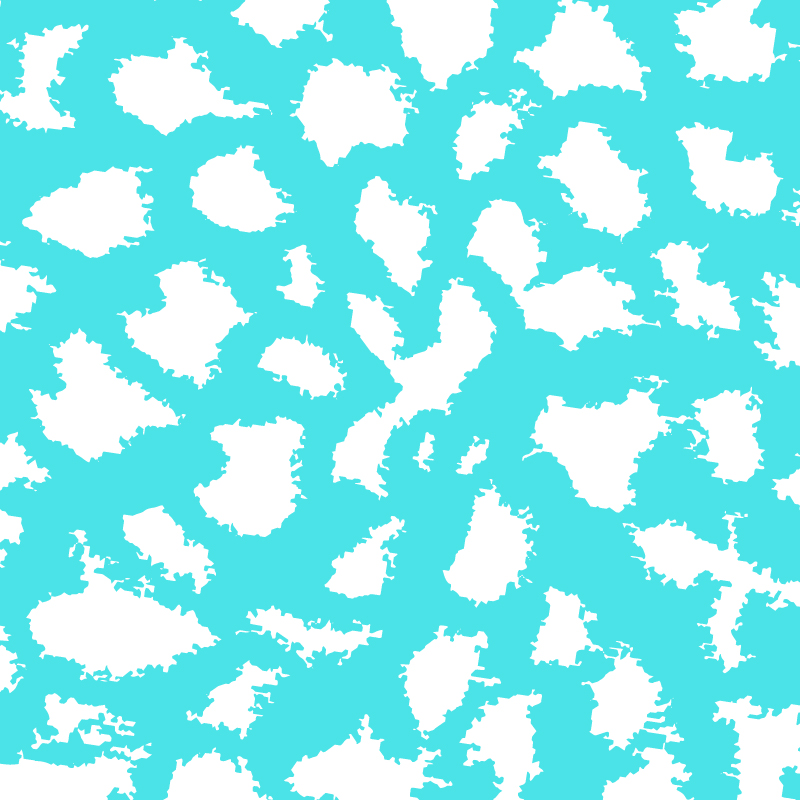




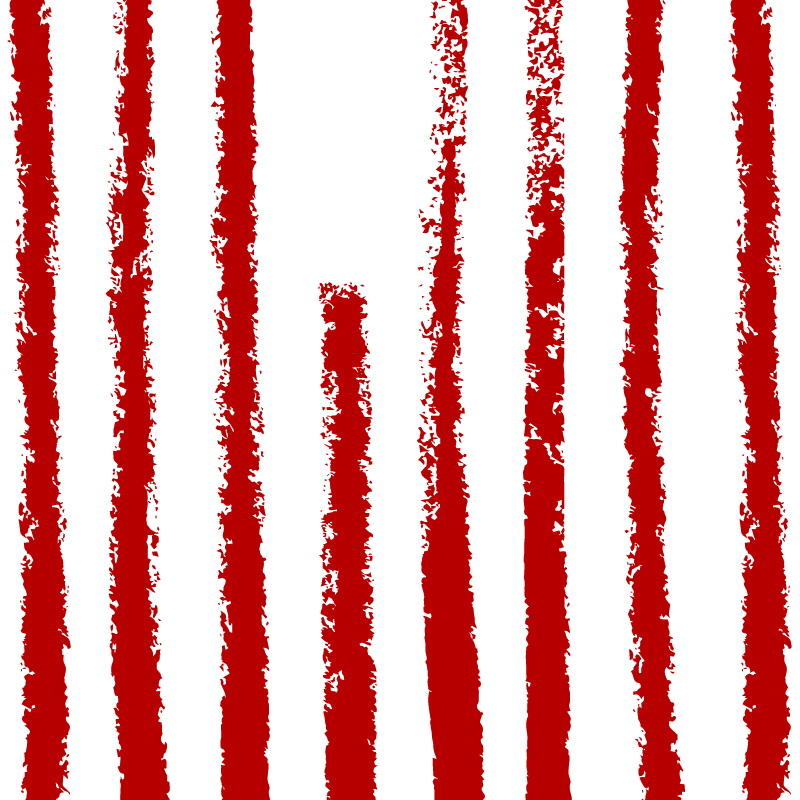
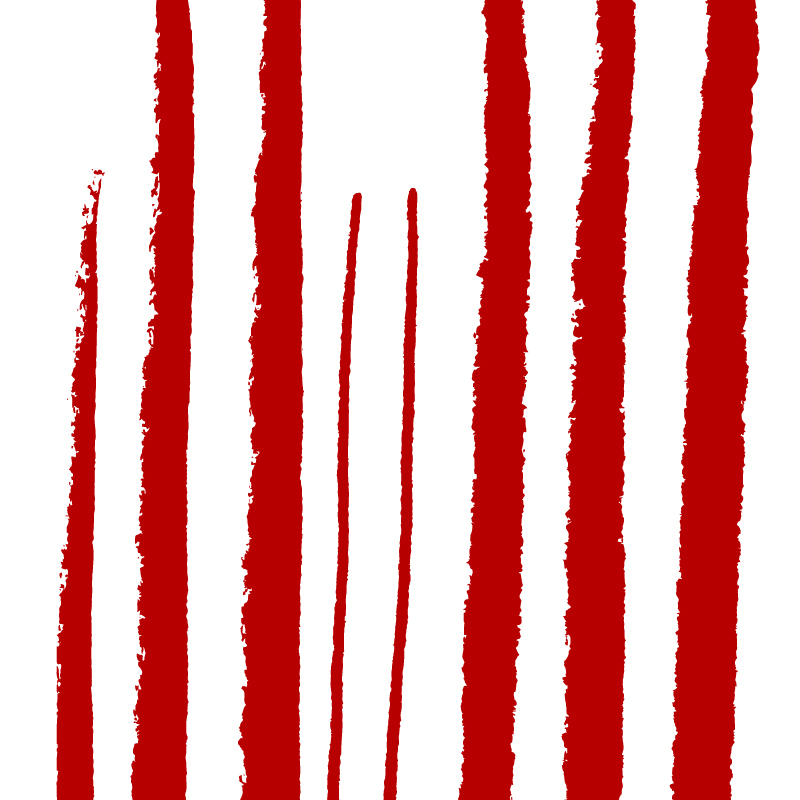


54 artists read the history of the territory through the gestures of contemporary heroes, considering – among others – the themes of hospitality and coexistence.
The exhibition marks a new chapter in the research dedicated to the Middle East and the Mediterranean area. It illustrates the artistic buzz in former Yugoslavian countries with a specific interpretation key.
Can the Socialist legacy help to recover the concept of the “common good”, in a complex territory that has recently suffered the drama of the Civil War and the rise of nationalism in opposition to the multi-ethnicity that distinguishes it and the economic crisis that has affected the whole of Europe?
Over 50 artists read the history of the area through the gestures of contemporary heroes, who contributed to the crisis of nationalism, favoring important reflections on the themes of hospitality and coexistence.
Artists:
Marina Abramović; Nika Autor; Maja Bajević; Djordje Balmazović; Jože Barši; Yane Čalovski; Jasmina Cibic; Lana Čmajčanin; Danica Dakić; Vlasta Delimar; Fatmir Mustafa-Karllo; Tomislav Gotovac; Group of Anonymous Artists and Activists; Igor Grubić; Ibro Hasanović; Ištvan Išt Huzjan; Siniša Ilić; IRWIN; Hristina Ivanoska; Sanja Iveković; Janez Janša, Janez Janša, Janez Janša; Gjorgje Jovanovik; Adela Jušić; Doruntina Kastrati; Božena Badurina Končić, Duga Mavrinac; Udruženje Kurs; Siniša Labrović; David Maljković; Luiza Margan; Dalibor Martinis; Anja Medved, Nadia Velušček; Gregor Mobius; Alban Muja; Vladimir Nikolić; Marko Peljhan, Matthew Biederman; Marko Pogačnik; Darinka Pop Mitić; Marjetica Potrč; Nada Prlja; Tobias Putrih; Lala Raščić; Driton Selmani; Andrej Škufca; Maja Smrekar; Ilija Šoškić; Somer Şpat; Mladen Stilinović; Matej Stupica, Lenka Djorojević; Marko Tadić, Miro Manojlović; Zoran Todorović; Milica Tomić; Marta Popivoda, Ana Vujanović; Natalija Vujosević; Želimir Žilnik.
exhibition's sections
freedom
equality
brotherhood
hope
risk
an individual
alienness
metamorphoses
Cataloghi della mostra
2021 exhibition’s catalogue
Bigger Than Myself. Heroic Voices from Ex-Yugoslavia